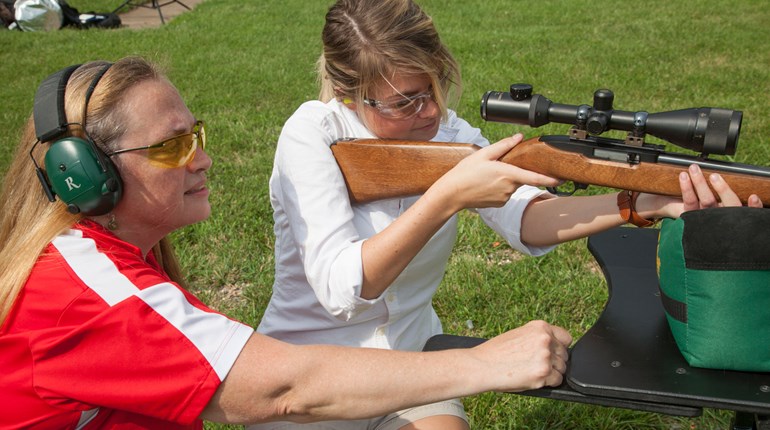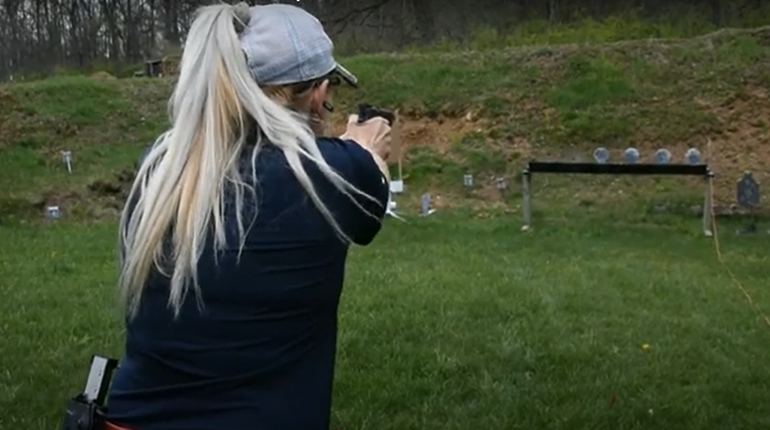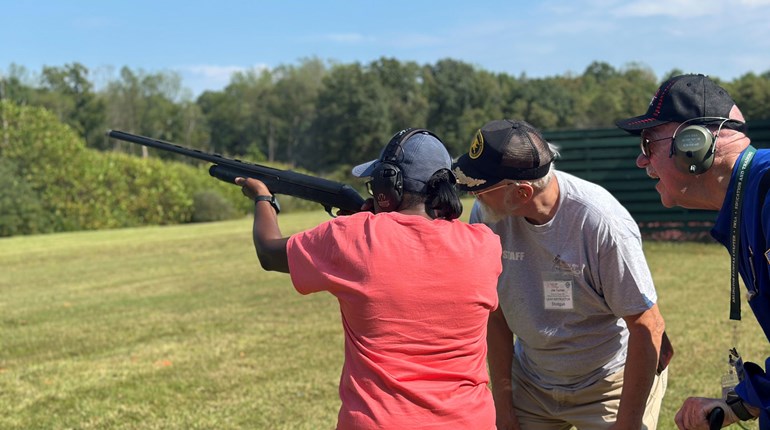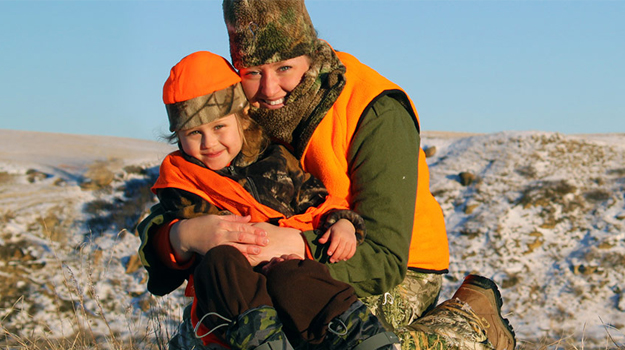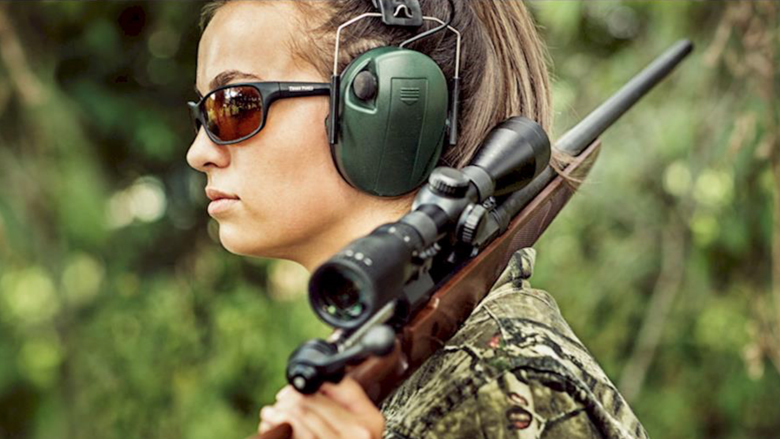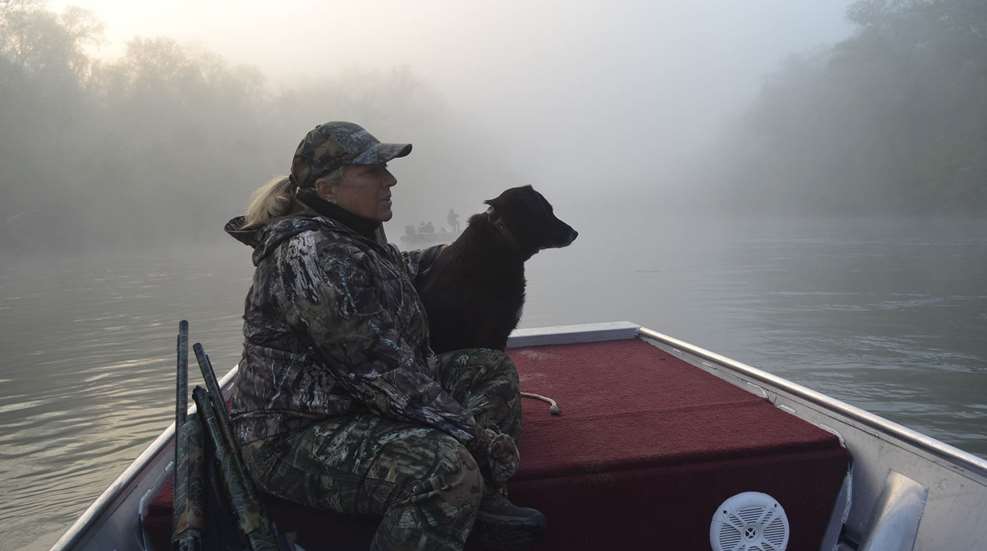
Turkey hunting is one of my absolute favorite ways to spend a day in the woods. It’s interactive, strategic and just plain fun—not to mention, wild turkey makes a terrific meal. The classic turkey-hunting scenario is almost a game of cat-and-mouse: You “talk” to the turkey in his language using turkey calls, he talks back and you carry on a conversation of sorts, trying to convince him to come find you. There’s a lot of skill and some luck involved.
But I have a confession to make: I can’t work a turkey call to save my life. I mean, I can manipulate a box call or a striker and cause some noise to come out, but it in no way resembles the sounds a real-life turkey would make. I’m just terrible at it. And diaphragm calls? Forget about it. I’d like to say I’m working on that one, but the truth is I’m not. I’ve given up on diaphragms!
The good news is, you can still hunt turkeys if you can’t call worth a flip. Now, working on your calling is a good thing, but if you’re just not there yet, here are a few ways you can kill birds without sounding like a turkey.
1. Try a Push-Pin Call
If you’re determined to kill a turkey by calling him in, give a push-pin-style call a try. They’re ridiculously easy to use—check out some Youtube videos for a little advice on getting your cadence right—and they have the benefit of one-handed operation. There’s not a lot of versatility in these calls, but the beauty is in the simplicity. You’re literally just pushing a button; all you have to do is nail down the timing and rhythm and you’re in the game.
2. Roost and Wait
“Roosting” a turkey means to go into the woods in the late afternoon or early evening and figure out, by listening and watching, which tree (or the general vicinity) a particular turkey has chosen to spend the night in. You can then, in the early morning hours well before dark, sneak into the woods close to this tree and wait until the sun comes up. Needless to say, this is a high-risk endeavor, and you’ll need to be extremely quiet on your approach and setup to avoid spooking the roosted gobbler. Come morning, he’ll fly down, and you can shoot him if you’re close enough or hope he walks your direction if your setup is a little out of range.
3. Pattern and Ambush
This is similar to the roost-and-wait strategy, but it doesn’t happen immediately off the roost. If you can, through careful scouting, find a turkey or group of turkeys that is visiting the same spots at the same times each day, you’ve “patterned” those birds. All you have to do is set up on the fringe of that area an hour or two before you expect them to show up, and then just wait and hope they stick to their pattern.
4. Locate and Stalk
If you’re going into the woods without much knowledge of where birds might be other than “I know there are turkeys here somewhere,” you can often find them by eliciting a shock-gobble. Spring toms are known to gobble at an array of loud noises—thunder, a truck door slamming, etc., especially first thing in the morning. Many manufacturers make locator calls that are designed to make a bird shock-gobble. Owl hoots, crow caws, and even duck calls will work for this purpose—and just in case, you should always listen for a gobble when you close the truck door.
If you can get a tom to shock-gobble, you’ll have an idea of where he is, and then you can go try to chase him. Turkeys have phenomenal eyesight, so sneaking up on one has a high failure rate, and this is best attempted when you have cover and the terrain is in your favor. It won’t work well over a flat meadow because he’ll see you coming a mile away.
5. Fan ’Em
If you are in a situation, perhaps via any of the previously mentioned methods, where you’re mostly hidden watching some birds out of range but the terrain won’t allow you to get closer, you can try waving a turkey fan (a real one is preferred, but a fakey from a decoy company can work) and enticing the birds to come on over and check out the intruder. This works best in conjunction with calling, so try the push-pin call to add a little realism and depth to the illusion.
6. Reap ’Em
“Reaping” turkeys is the practice of sneaking up on them while hiding behind a turkey decoy or, usually, a real turkey fan. Reaping can be used to enhance any of the stalking techniques mentioned in this article, and it’s helpful because it gives you a little more cover and some leeway if the terrain makes a traditional stalk difficult.
Be careful with reaping, however. You should only attempt it when you’re confident you are the only hunter anywhere around—crawling around looking like a turkey on public land where other hunters might see you is absolutely not safe.
Keep working on your calling, but in the meantime, don’t let a lack of turkey-calling skill keep you out of the woods this spring!



























